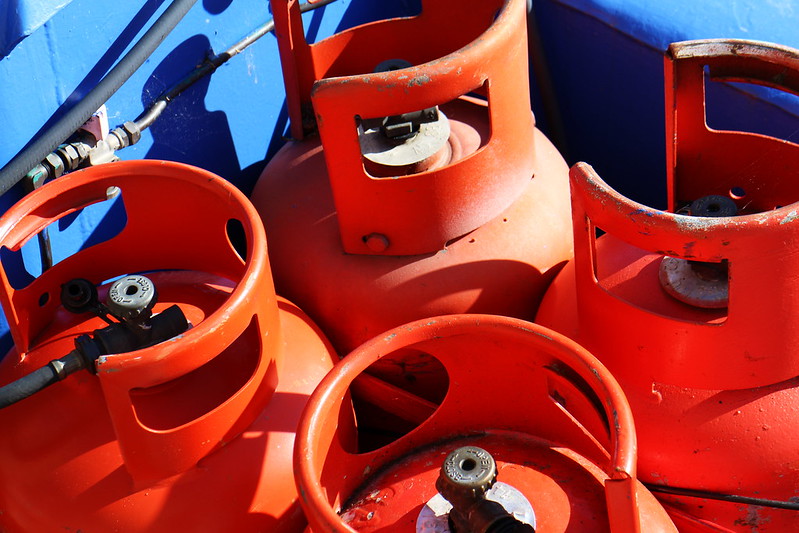Why is LPG Becoming Valuable Energy Source for Cooking in Tanzania and East Africa?
I recently spoke with an employee of a Ugandan company looking to diversify their business by setting up an LPG receiving and storage terminal in Tanzania. His company sought help in due diligence and all regulatory processes to establish an LPG storage business.
But before responding to his concerns, I wondered why they wanted to start the LPG project.
“Our management has noticed that the East African population is transitioning from firewood, charcoal to LPG usage,” He said
If you look deep into our society now, the consumption of LPG has been growing in Tanzania and Sub-Saharan Africa.
We are no longer in those ages when people cook with wood logs. Now, we are simply using cooking gas(LPG), which we buy from retail shops or petrol stations.
When we were kids, we were told that the energy source was firewood. We used it to cook and do everything.
By the time we got used to firewood, the government announced that LPG was now _the_ clean source of cooking energy.
It was tough for many Tanzanians and Africans to embrace this new source of cooking energy.
Many feared that LPG was highly explosive and could endanger their home. Also, it was seen as a luxury reserved for the rich.
The beneficiaries’ awareness of the social benefits of using LPG was low.
So, LPG l consumption was low. In Tanzania, forexample, the annual consumption of LPG was only 5,500MT in 2005.
Entering into the LPG business in Tanzania at those times was unprofitable because the market demand for cooking with LP gas was too small, and Tanzanians were unwilling to pay for it.
With the increasing price of firewood and charcoal and regular awareness campaigns, there has been a steady increase in the number of households using LPG.
Today, most people in Tanzania are aware of LPG as a clean and healthy source of domestic cooking energy, and they are moving away from charcoal and firewood.
Like in any sector, the challenges have caused low penetration and consumption of LPG in East Africa. But the way we are approaching the challenges is by focusing on opportunities.
1. Inadequate investment in LPG infrastructure: This is the first issue in the sector. The projected increase in demand for LPG requires the rapid development of infrastructures, including LPG receiving and storage terminals, LPG refilling plants, LPG cylinder manufacturing facilities, and LPG transportation trucks.
2 Affordability: The other issue is managing affordability, including upfront costs for stoves and related equipment can present a large share of poor East Africans. Some companies have turned this barrier into an opportunity by employing the “pay as you go” business model.
3. Subsidy burden. The surging energy price has increased the cost of LPG cylinders in many East African towns. Some African governments like Malawi are in the process of removing VAT on LPG and cylinders to reduce the landed cost of LPG in the country.
4. Skills Shortage. This skills shortage in the LPG sector presents opportunities for the development and training of LPG installers to ensure installers are trained and certified competent to install gas appliances safely.
Conclusion.
In general, market dynamics appear to represent growth opportunities for businesses and investors. With high population growth and improving the lifestyle of citizens, demand for LPG will be even higher in the future.



